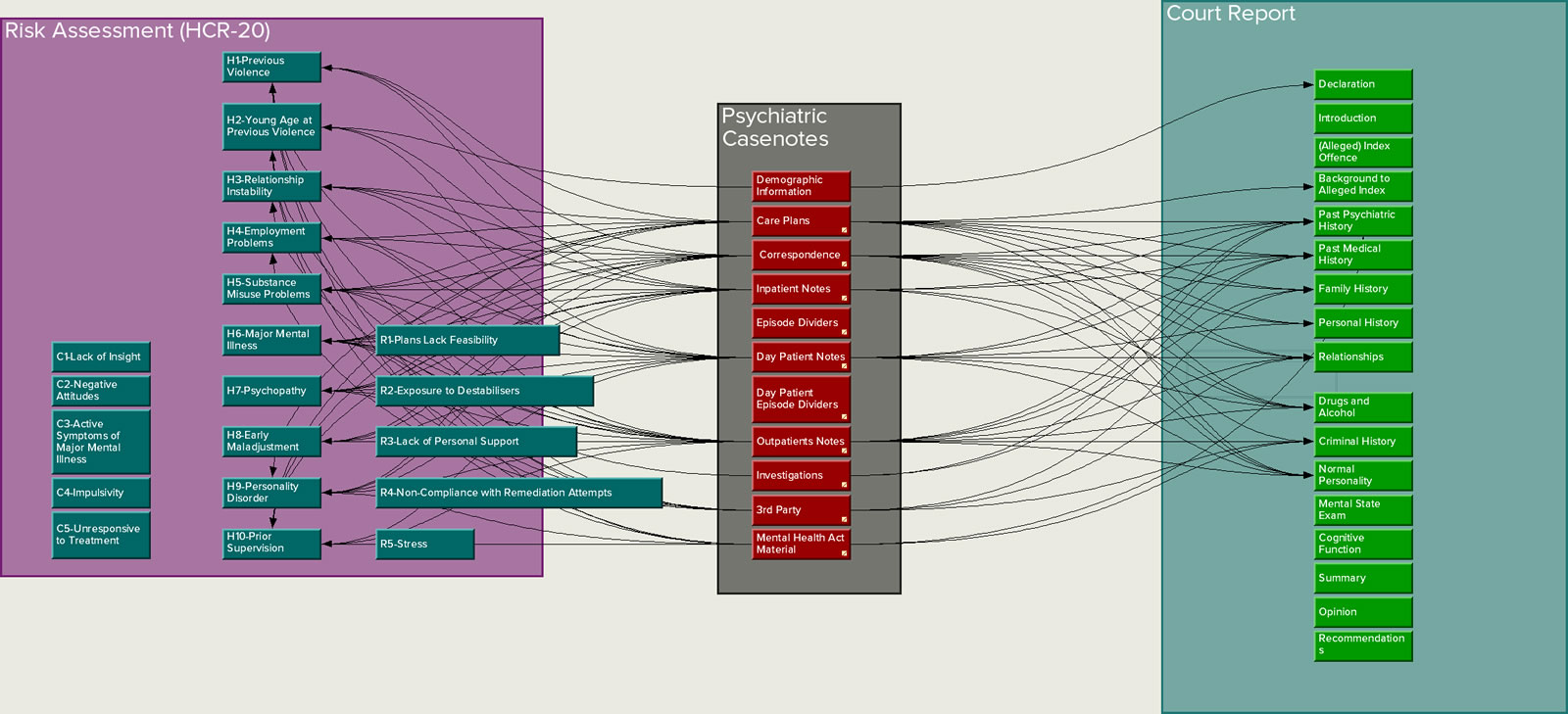

Reading literature itself should be tough, unless we’re seeking mindless, non-demanding entertainment. Hypertext is not necessarily meant to be read fast and easy. Secondly, since hypertext is supposedly a break from traditional reading (how is that, when links are clicked to read online so often that there’s a perceptible new “white noise” hum in the atmosphere?) it’s bound to hit resistance. First, not all university courses include a new media course or even much of an inclusion in their literary courses. Here’s the start:įrom personal experience, including my own baptism into hypertext waters, and here, years later, reading the reaction of students being exposed to the medium, I’ve got to admit that the initial reaction is generally either “Yuck, I don’t see its purpose, it’s confusing” or “Wow, that’s great (but I’ll never read another one after this course is over).” So then the problem appears to be primarily in its introductory phase. Towards what goal? Well, to spread the word, to gain audience, to prove that hypertext is coming of age in a world where reading is done to a great degree online, and where hypertext literature is not only perfect for the times, it is ahead of them yet oddly it remains largely unacknowledged by both academia and the general reading population. I’ve had a hypertext story published in The New River Review and my 100 Days Project of 100 Hypertext stories has been listed in the Electronic Literature Organization Directory. I’ve been working in Tinderbox and Storyspace for literary purposes for a few years now. Posted in HYPERTEXT, STRETCHTEXT, TINDERBOX | Comments Off on HYPERTEXT & TINDERBOX & STRETCHTEXT: Two Quick Fixes and Some Ideas I’ve also added STRETCHTEXT to the Categories and Tags here for easier retrieval. There were a few more–but I can’t recall right now. Moving the hidden text/image/whatever to a third (or whatever) column, out of alignment of the piece.Hidden images with clickable text – where the image would be very light and vague but the text would read normally.

While I’m getting the piece into its new format, I’m also thinking on: In Tinderbox, I was unable to see the actual text of the note in the HTML View on this piece for some reason and added: ^text^ in ^text^ in the html template and that solved that problem. Then again, all of this changes when I drop the box outlines I seem to still love so much. In any event, I can as well make the images larger to come within 5-10px of the borders. That may defeat the effect of stretchtext, but at the same time, it offers a visual border separating original from hidden which may better serve the reader. This also moves the text, but that’s fine with me for now I kind of like the offset (though 50px is high and not as necessary with the text color change in this piece). stretchTarget – With a body width of 600px and setting the images at 500, this should center them. On the centering of the image, I just added in: margin-left: 50px in the css under.


 0 kommentar(er)
0 kommentar(er)
